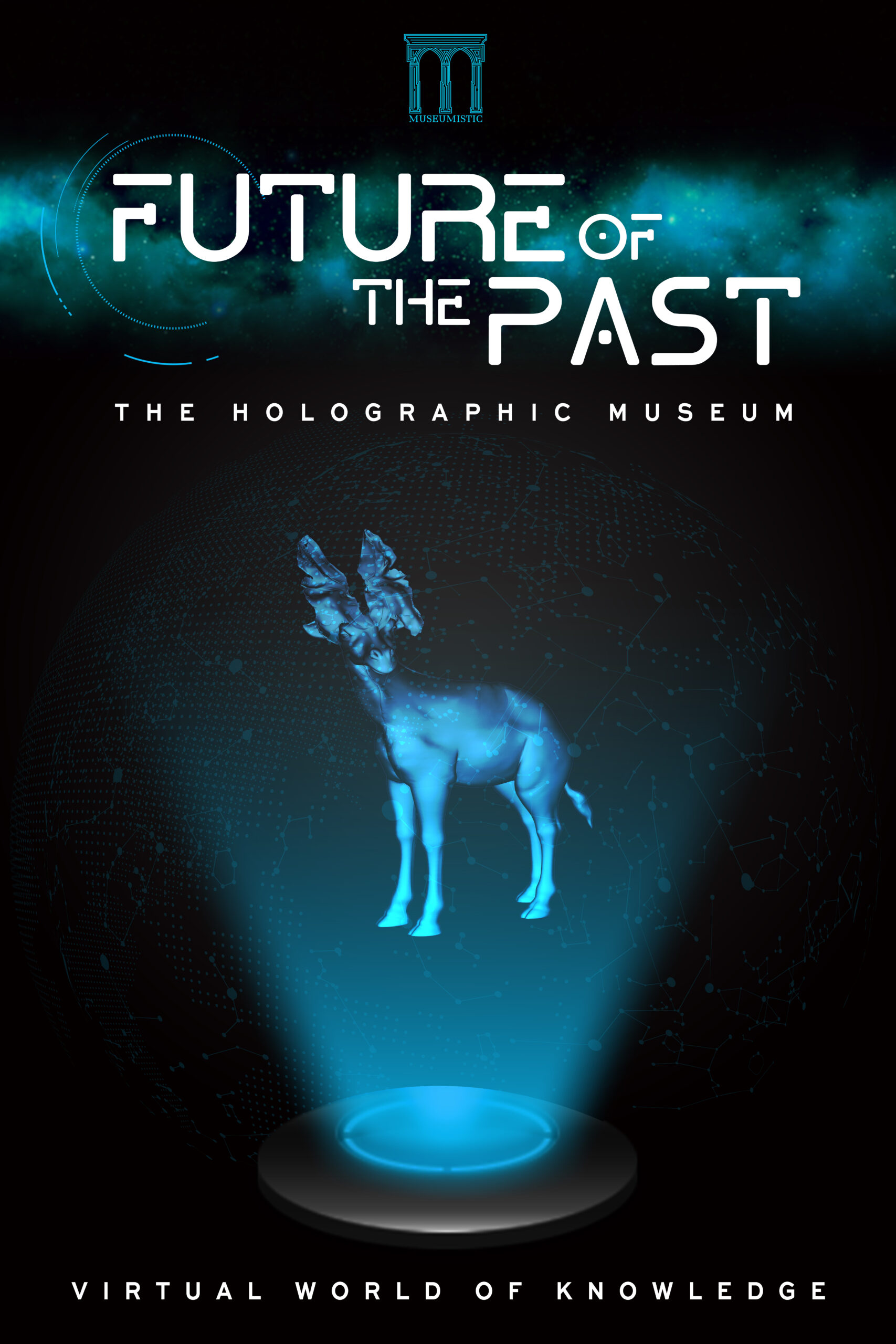Art is known to have been a part of Pakistan’s culture since the period of the Indus Valley Civilization. In the years that followed the Independence of Pakistan, many artists adopted modernism as a symbol of freedom and change. The arts in Pakistan have been evolving ever since, and are no longer hindered by stereotypes as they continue to enrich the country.
While making handicrafts for a living may seem to be an underappreciated and fading profession, Emerald Agnes Roger of Rawalpindi has decided to rejuvenate the craft of hand embroidery with a crossover into the woodwork industry via interior designing. Her BA thesis project, called ‘Across Woods’ is an innovative and unusual contribution to the evolution of hand embroidery via a transition from the traditional medium of textiles to wood in the local market.
The young artist, who studied Textile Design at the National College of Arts (NCA), Rawalpindi Campus, found her passion in hand embroidering pieces of wood and converting them into wall hangings, ornamental and storage boxes, trinket boxes, pelmets, game boards, and tables. Her work is currently on display at the annual NCA Degree Show 2020.
Being held between 17 to 25 March this year, the NCA Degree Show 2020 features the displays of its undergraduate students in the Fine Arts, Textile Design, Architecture, and Visual Communication Design programs.
Emerald explained that her thesis is an experimental and exploratory project which entailed incorporating hand embroidery on hand-drilled perforations in planks of wood. She used a variety of strings, threads, yarn, ropes, and cords to create colorful patterns and designs before converting the piece into an object of daily use.
Her products included a hand-embroidered Ludo board which she hand-painted in the truck art style for an ethnic look, one of which she converted into a table. For her textile element, she made use of traditional, colorful nylon cords (that are used in charpai-making) for added strength and durability. She said that her inspiration for it had come from the app Ludo Star which had become popular during the lockdown.
Apart from furnishings, Emerald’s vision to subtly tie the look of a room together led her to create hand-embroidered pelmets. She said, “Pelmets generally have wood carvings or are painted, but I decided to extend the look of the curtain onto the pelmet by embroidering it”.

Most of her embroidery designs are floral, geometric, and minimalistic that are inspired by her childhood spent in the Middle East. She also explained that her floral designs, which are very common in traditional embroidery, were used to appeal to female buyers.
The work of these students is not restricted to the arts and crafts only, and many young people are working on creating footholds for themselves as Pakistan extends its horizons in Information Technology. One of the many ingenious and mesmerizing theses displays this year is ‘Museumistic – The Holographic Museum’ by Muhammad Talal – a Visual Communication Designer. Museumistic uses sensors to provide a futuristic means of viewing and exploring mostly unknown extinct animals and birds that existed millions of years ago in the region that is now known as Pakistan as holograms in an interactive space.
Other crossover theses of students in the Textile Design and Visual Communication Design Departments were developed using theories and elements of Psychology. The ‘Acro Center’ by Sophia Meer is an enthralling virtual reality-based system for the detection of anxiety-related disorders like Acrophobia, and she plans to extend her work in psychological testing in Pakistan.



The Rawalpindi campus has a tradition of exhibiting the theses of its graduating students every year while giving them the opportunity to talk about their inspirations, journeys, and aspirations. It facilitates them in meeting art enthusiasts, art students from other institutes, and various professionals, and even sell their products.


Pakistan has a robust and thriving cultural heritage and history of a plethora of arts and crafts, and such theses displays are instrumental in breaking barriers while preserving and promoting the work and profiles of young intellectuals, and shaping a harmonious social and economic future for the country.



















